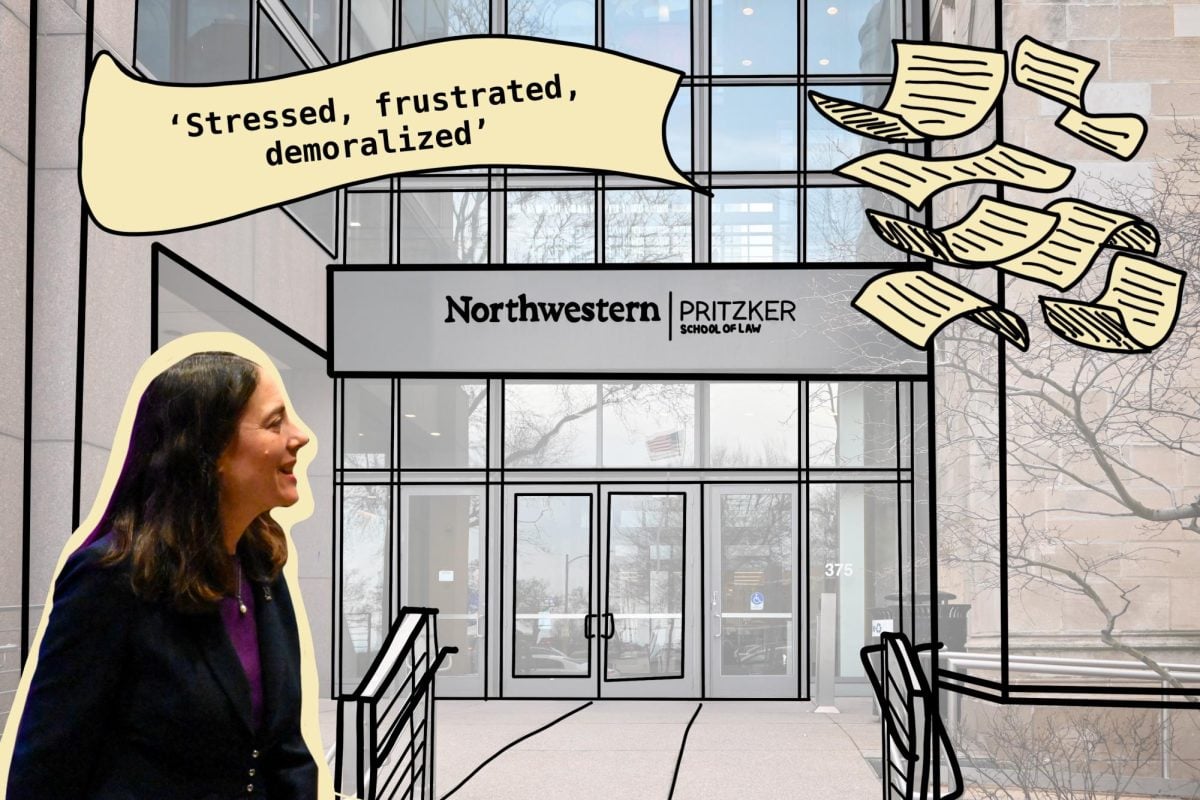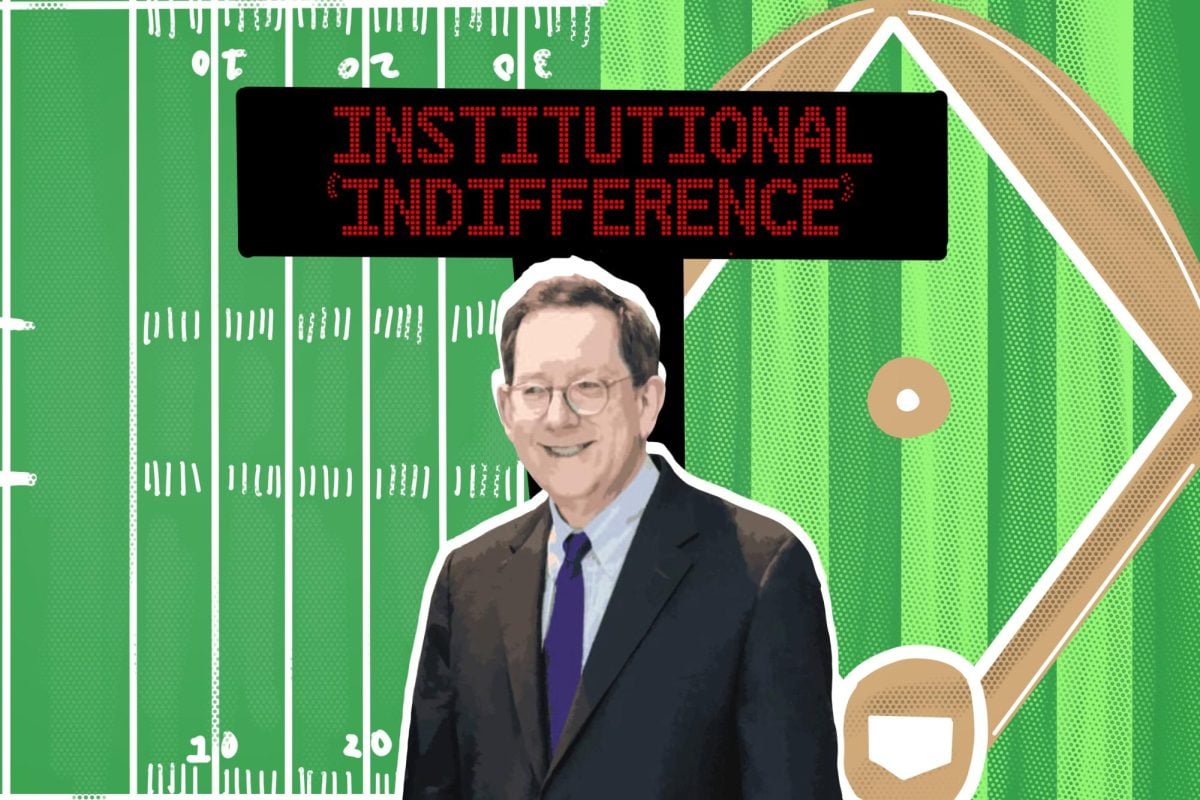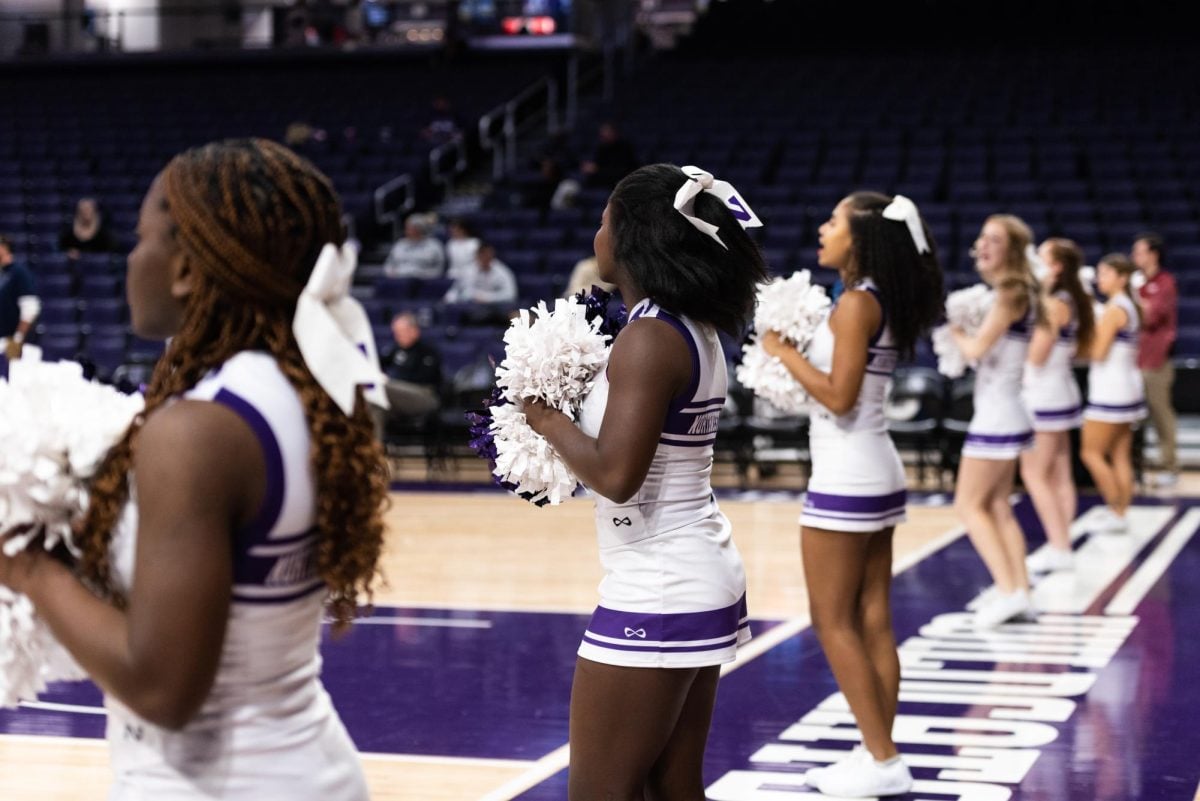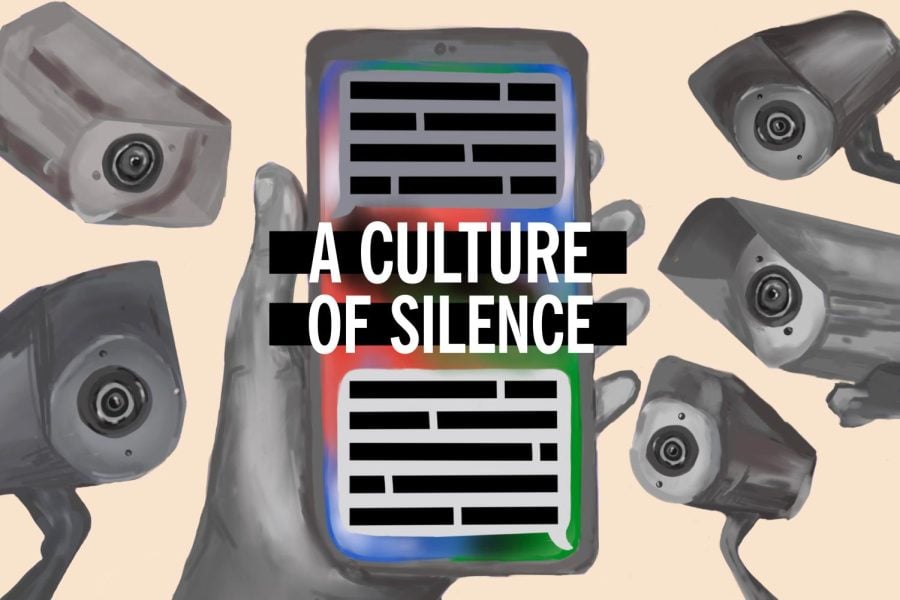A few days before Christmas, Evanston resident David Branch went to a friend’s house on Seward Street to hang out and have a few drinks. A fight broke out, and the host, Michael Anderson, allegedly pulled out a knife and stabbed his friend in the upper thigh, according to police reports. Anderson apparently struck Branch’s femoral artery, and Branch bled to death.
The December homicide was the last of eight in Evanston during 2010, a dramatic spike from the single homicide in 2009.
In fact, in the nine years leading up to 2010, the city averaged just 1.8 homicides per year, Evanston Police Department Cmdr. Tom Guenther said. The average for the decade jumped to 2.2 when the 2010 number was included.
When asked about the reason for the increase, police officials pointed to a technical change in classification of crime. But that change does not apply to six of the homicides. Guenther and Police Chief Richard Eddington were unable to explain the rise further.
Eddington said police are largely unable to combat homicides preemptively due to their unpredictable nature, but said EPD has partnered with the Chicago Police Department and federal agencies on response strategies.
University Police has not taken any action following the spike in homicides, Deputy Chief Dan MacAleer said. UP releases crime reports in response to every crime that occurs near campus.
Betsi Burns, assistant to the dean of students, said the school was aware of the crime statistics but has not made any changes to their policies in response to the homicides. Her office has not received concerns from students or parents, she said.
“I feel that our students feel relatively safe, but in a suburban community, we all have to be mindful of our surroundings and be careful,” Burns said. “We’re not immune in Evanston.”
Why is nobody doing much of anything about the homicide spike? And what does the increase say about Evanston, especially in a year when other major crime – such as burglary, robbery and aggravated assault – dropped by 13 percent?
The answer isn’t so simple.
Police explanation
Under a new federal system of classifying crimes, drug-related deaths without suicide notes are now considered homicides, according to the FBI website. In past years, the category included only shootings, stabbings and similar deaths.
This change caused two of the eight incidents to be classified as homicides last year, Guenther said.
“If you can attribute the death to a proverbial drug dealer somewhere, it is a homicide,” Guenther said.
Guenther said there is little police can do to prevent homicides. While robbers and other criminals often have a clear motive, homicides can occur for any reason.
He cited the most recent homicide, in which Branch was stabbed and bled to death, as an example. The man probably did not mean to kill his friend, he said, and it definitely was not planned.
Eddington said most homicide victims and perpetrators have previous criminal ties.
“If you elect to engage in this type of conduct, there is the distinct possibility of serious repercussions,” he said.
In five out of the six homicides not officially linked to drugs, there was still evidence of some drug involvement, he added. While he said this does not necessarily mean drug use in Evanston has gone up, 29 people were arrested on drug-related charges in September as part of a five-month undercover operation in the Northshore suburbs.
Eddington added that the city is working with other agencies to have criminals serve the longest time possible in prison.
“We have initiated partnerships, long-term partnerships with the Chicago Police Department and several federal agencies,” he said.
It is easy to deploy more police near El stops to stop burglaries, but since police believe the first priority of murderers is to avoid detection, it is harder to locate them, he said.
Student safety
Weinberg sophomore Bob Kalas has lived near the intersection of Ridge Avenue and Davis Street since September, but is planning to move next year because he feels less safe the farther away from campus he goes.
“I’ve never felt that comfortable walking home alone after dark,” he said.
He said one of his friends got mugged at Ridge and Davis last year, and he often hears about other muggings.
Mannie Kumar said he also feels safer living closer to campus. The Weinberg senior lives next to the sorority quad and Willard Residential College. The nearness of downtown Evanston is reassuring, despite his proximity to a stretch of Foster Street that is “notorious” for student robberies, he said.
“I’ve never felt unsafe, at least not more than usual,” he said. “Fortunately, I don’t live up north on Ridge and Noyes.”
All of the homicides in 2010 occurred south or west of campus. The closest was a block away from Evanston Township High School - less than a mile from campus - on Sept. 30.
Rachel Cackler, a Weinberg junior, said she has never felt unsafe living off campus. She has lived on Simpson Street between Maple and Sherman Avenues since last spring. Her front door does not always close properly, but she said she is only concerned about animals getting in, not crime.
“I’ve heard of people getting mugged, but I’ve never really run into anything,” she said.
Dean of Students Burgwell Howard said he was “vaguely aware” of the homicide number, but the school is not taking any action in response to the spike, because NU students usually are not victims of violent crime.
“Generally, student problems have been issues of robbery, burglary of their apartments or cars, or occasionally battery,” he said. “It has never reached the point where a student has even been threatened by homicide.”
He added that as long as students are aware of the issues in their community and their surroundings, their chances of becoming a victim are low.
Both Kumar and Kalas said they think living off campus is fairly safe as long as they stay smart. Kumar said it would be helpful if Evanston would increase lighting north of Clark Street and west of campus, while Cackler said she wished Northwestern would install more Blue Lights off campus.
“I feel like every other college I’ve been to brags about how many Blue Lights they have, and that surprised me that when I got here,” she said.
National trends
Evanston’s drop in major crime in recent years reflects a similar trend across the country. Last year’s spike in homicides was aberrational.
In 2010, crime dropped 3.4 percent in Chicago and 6.2 percent across the country, according to an FBI preliminary report. Homicides also declined almost 3 percent in Chicago and just over 7 percent nationwide. Murders have been declining in the Midwest since 2007, according to the FBI report. These numbers do not include drug-related deaths in homicides.
Tim Lavery, who works at the Chicago Police Department’s research and development office, said crime tends to rise in the summer.
“More people are outside, so more people are interacting with each other,” he said.
Almost 78 percent of murders in Chicago were committed outdoors. The highest percentage were committed between 8 p.m. and 4 a.m.
Eddington said there was no pattern to when or why homicides in Evanston were committed.
Residents are looking for answers. Some Evanston mothers, including Branch’s mother, Cathy Key, have launched an organization called Moms: Saving Our Sons, which is aimed at providing role models to sons of single mothers, according to the Evanston Roundtable.
Ald. Jane Grover (7th) said community groups aimed at preventing crime can help. The city has had a long fight against crime, and there is still more to be done, she said.
“The issue for me is not necessarily the response to it but getting ahead of it,” Grover said. “That is, worki
ng with the community, working with people in the neighborhood, working with youth, so we can address the potential for violence before it becomes violent. There’s a lot more in Evanston we can do to prevent violence.”







